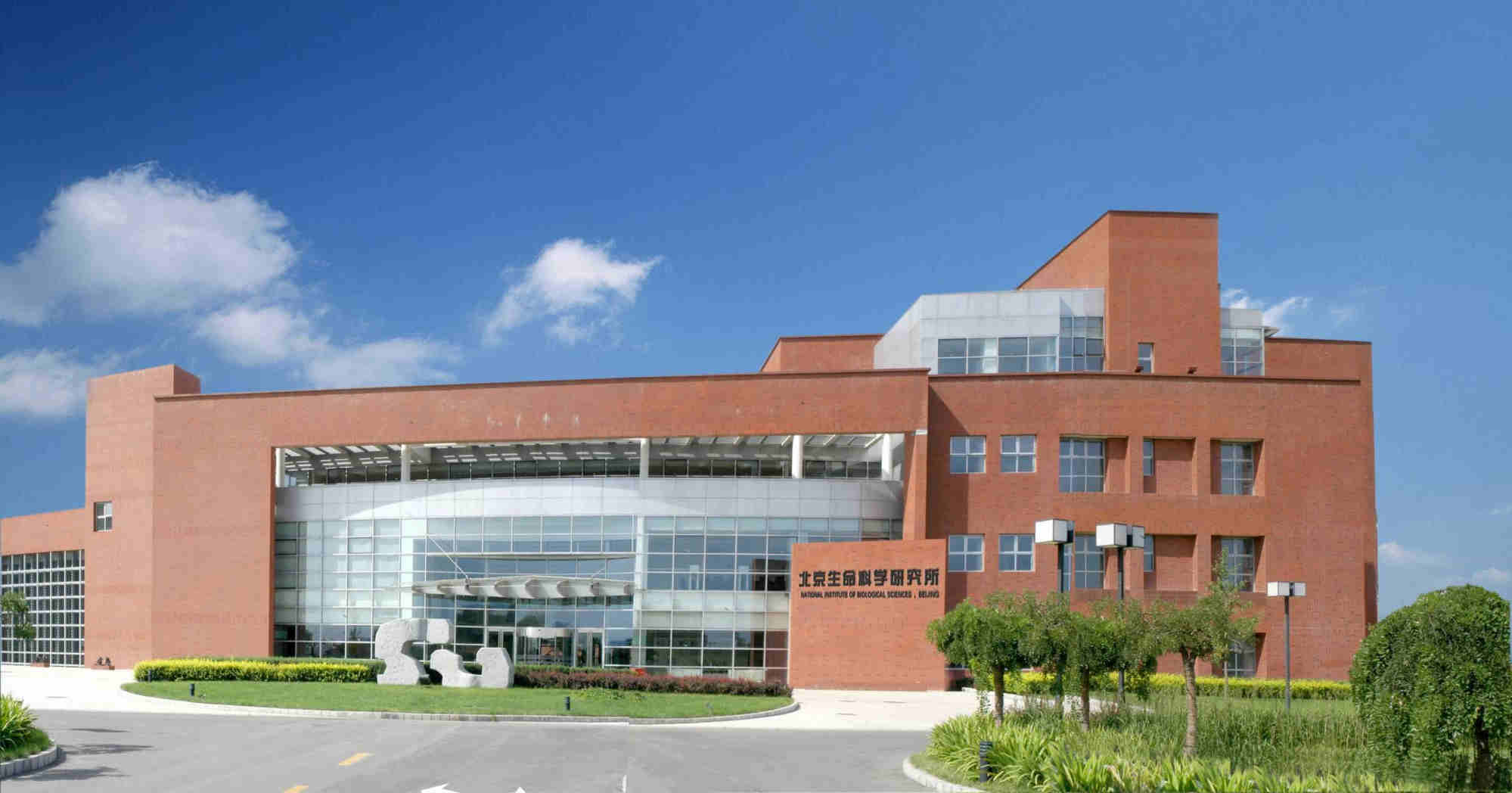Breakthrough in Regenerative Medicine: Genetic Switch Reveals Potential for Organ Repair
A team of Chinese scientists has made a groundbreaking discovery, identifying a genetic switch that enables the regeneration of damaged tissue in mice. This research could potentially pave the way for future treatments in humans, offering hope for regenerating not just ear tissue but possibly other organs as well.
The study, published in the peer-reviewed journal Science, focused on the outer ears of mice. Researchers found that the inability to regenerate was linked to insufficient production of retinoic acid, a derivative of vitamin A involved in regulating cell development and tissue repair. By reactivating an “evolutionarily disabled genetic switch,” the scientists were able to restore lost tissues in a hole punched through the mice’s outer ears, including cartilage.
Wang Wei, one of the co-corresponding authors, emphasized the significance of this finding. He explained that the ability to regenerate may have played a crucial role in animal survival. However, this capability seems to have been lost during evolution. “It is unlikely that this loss occurred randomly. If it was not random, what logic governed it?” he asked, highlighting the importance of understanding the underlying mechanisms.
Wang also pointed out that the team aims to explore the potential of regenerating other organs, such as the spinal cord. Retinoic acid, which has been identified as a key signaling molecule in vertebrate development, could be instrumental in these efforts. The research team is now working to determine when mice lost their regenerative abilities during evolution and how these findings might apply to other species.
Deng Ziqing, another co-corresponding author and senior scientist at BGI-Research, highlighted the use of Stereo-seq technology in the study. This advanced technique combines high-resolution imaging with gene expression analysis, allowing researchers to track changes in cell types during wound recovery. Deng noted that this technology helped identify the mechanisms behind the regeneration process.
The journey to achieve organ regeneration in humans remains challenging, but the study offers a promising start. Wang acknowledged the significant size and structural differences between mouse and human organs, emphasizing the need for further research to determine safe and effective dosages for human applications. “The human heart is big and the spinal cord is thick,” he said, underscoring the complexity of translating these findings into clinical practice.
Despite the challenges, the researchers remain optimistic. They believe that identifying the genetic switches for other organs could unlock new possibilities for regenerative medicine. “This study is important as proof of principle, showing us that a genetic switch for organ regeneration exists,” Wang said. “Our mission is to find out the switches for other organs, and they will be the keys to organ regeneration.”
As the field of regenerative medicine continues to evolve, the implications of this research could be far-reaching. From spinal cord injuries to heart disease, the potential to harness the body’s natural regenerative capabilities could revolutionize treatment approaches. While the path ahead is long, the discovery of this genetic switch marks a significant step forward in the quest for organ regeneration.







